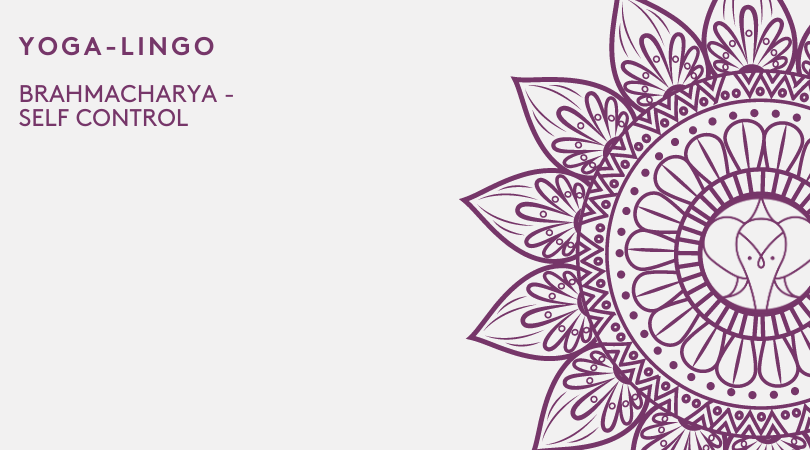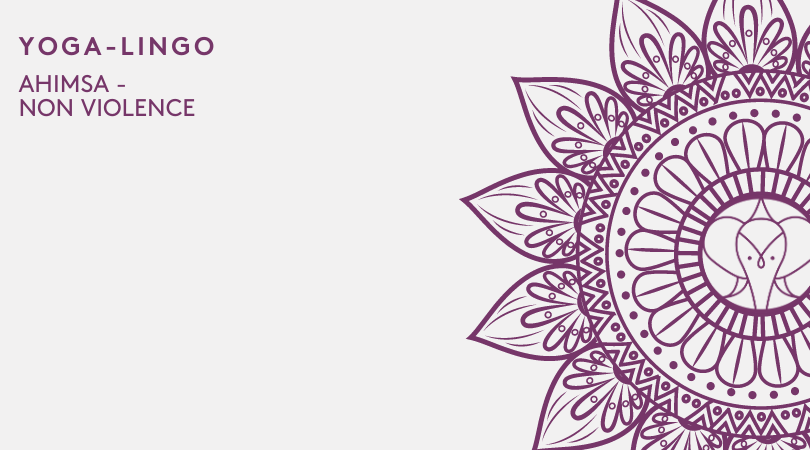Utthita Parsvakonasana - Extended Side Angle Pose
Utthita Parsvakonasana is a pose performed as part of the standing sequence in Vinyasa flow yoga. The name Utthita Parsvakonasana is derived from three Sanskrit words utthita meaning extended, parsva meaning side or flank and kona meaning angle. The name, therefore, translates to extended side angle pose in English. The pronunciation of the word is oo-TEE-tah parsh-vah-cone-AHS-anna.
In some yoga classes, the pose might also be called the warrior angle (virabhadra konasana).
Utthita Parsvakonasana Step by Step
Step 1: you can begin the pose in Warrior pose II or in mountain pose. From mountain pose raise your arms horizontally so that they are parallel to the floor. Step your feet three of four feet apart.
Step 2: Turn your left foot in slightly to the right and turn your right foot out to the right at an angle of 90 degrees. Your right heel should now be aligned with the left one.
Step 3: rotate the right thigh outward slightly so that the center of your kneecap aligns with center of your right ankle. Rotate your left hip inwards while rotating your upper torso to the left.
Step 4: bend your right knee over the right ankle to have the shin perpendicular to the floor. The inner knee should be aimed at the little-toe side of the foot. Keep the right thigh parallel to the floor. Ensure that the left heel is placed firmly on the floor and the leg is straight.
Step 5: Bring the right side of your torso down to the right thigh. Lower slowly without moving the torso quickly onto the thigh as that may affect the form. Now lower the right hand so that it rests on the palm or fingertips near the right foot. Move the right knee so that it comes to the side of the inner right arm.
Step 6: lift your left arm straight upwards towards the ceiling. Keep the arm straight and your torso lengthened to avoid arching of your body. Ensure that your whole body is stretched. Elongate the left arm upwards into the ceiling for a good stretch and keep the palm facing forward and the fingers spread out. Hold this position for a set time and alternate.
Modifications
You can hold the shin of your foot if you are not able to take your right arm all the way to the floor and maintain the correct form of the pose. Also, lift your right foot so that only the heel touches the ground. This will distribute the weight of the body to the left foot on the back so that you can maintain balance.
Preparatory Poses
Adho mukha svanasana, siddhasana, supta virasana, virasana, supta padangusthasana, utthita trikonasana, virabhadrasana II, prasita padottanasana, supta baddha konasana
Follow Up Poses
Baddha konasana, malasana, Bakasana
Benefits
Stretches and Strengthens the legs
Opens the chest and hips
Stretches and strengthens the hips
Stretches and strengthens the knees and ankles
Stimulates the abdominal organs
Bandha
Uddiyana bandha
Drishti
Upwards or towards the raised arm
Variations
The pose can also be performed without reaching the arm down to the floor. Instead, place the elbow of the side that you are lowering on the thigh of the foot that is in front. This is ideal for beginners who might find it difficult to go any lower.
For the advanced yogis, wrap the top arm around the back and the lower arm under the bent knee and grasp both hands at the back for a bound extended side angle.
Pose Type
Standing pose, stretch pose
Beginner Tips
To help you stay in the pose, you can brace your back heel to a wall so that your body doesn’t slide out back and lose the proper form.
Where to Start
Try one of our free online yoga classes, or start a free trial cancel anytime









